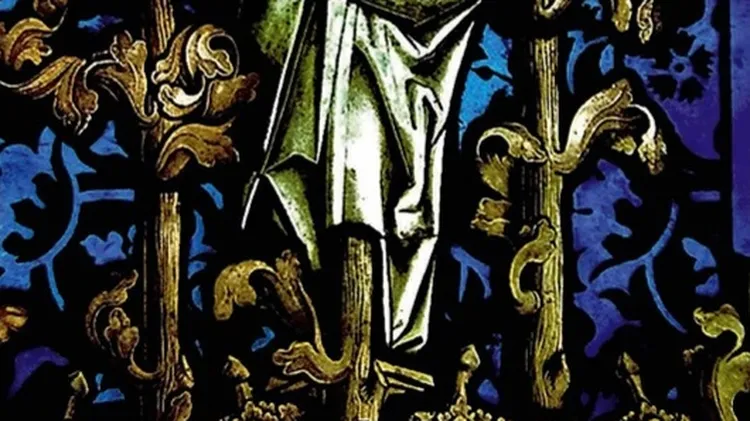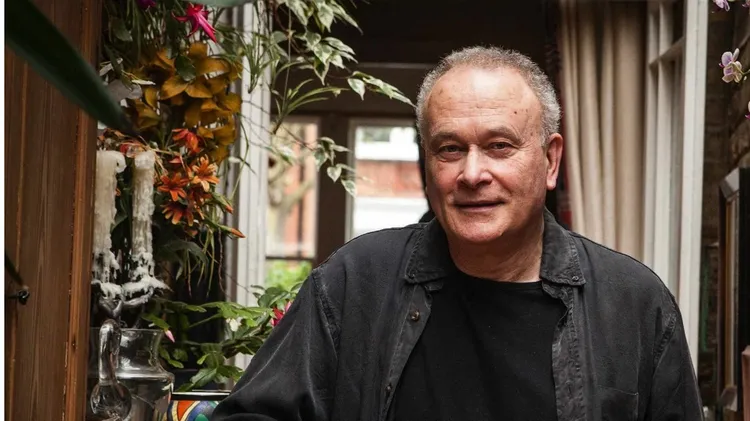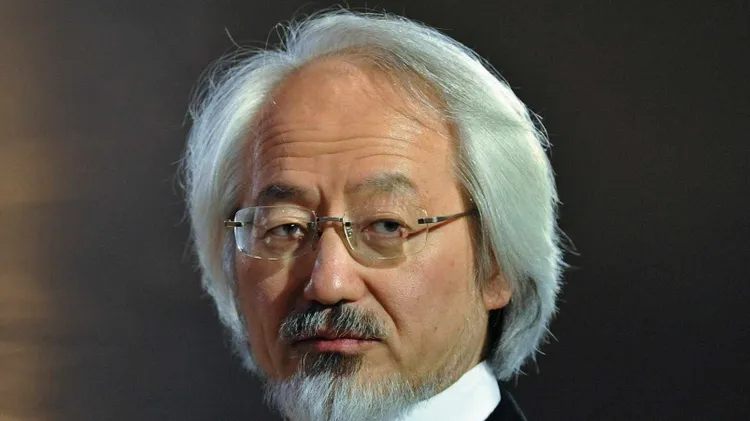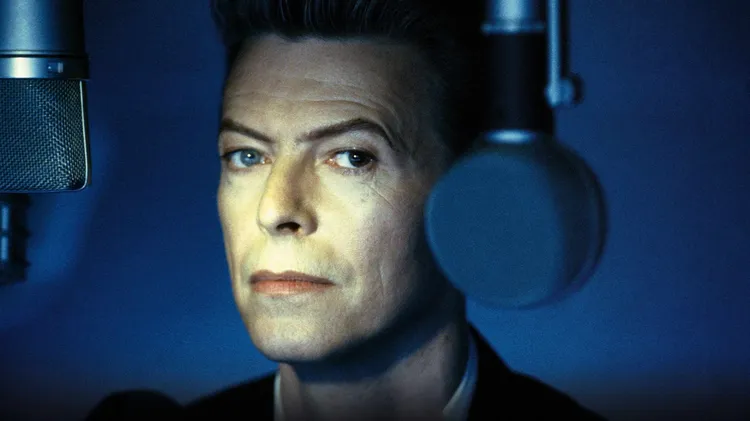Kate Wakeling is wowed by the Bulgarian-British co
A towering showcase of tabakova’s mastery
2 min read
This article is from...
Read this article and 8000+ more magazines and newspapers on Readly






